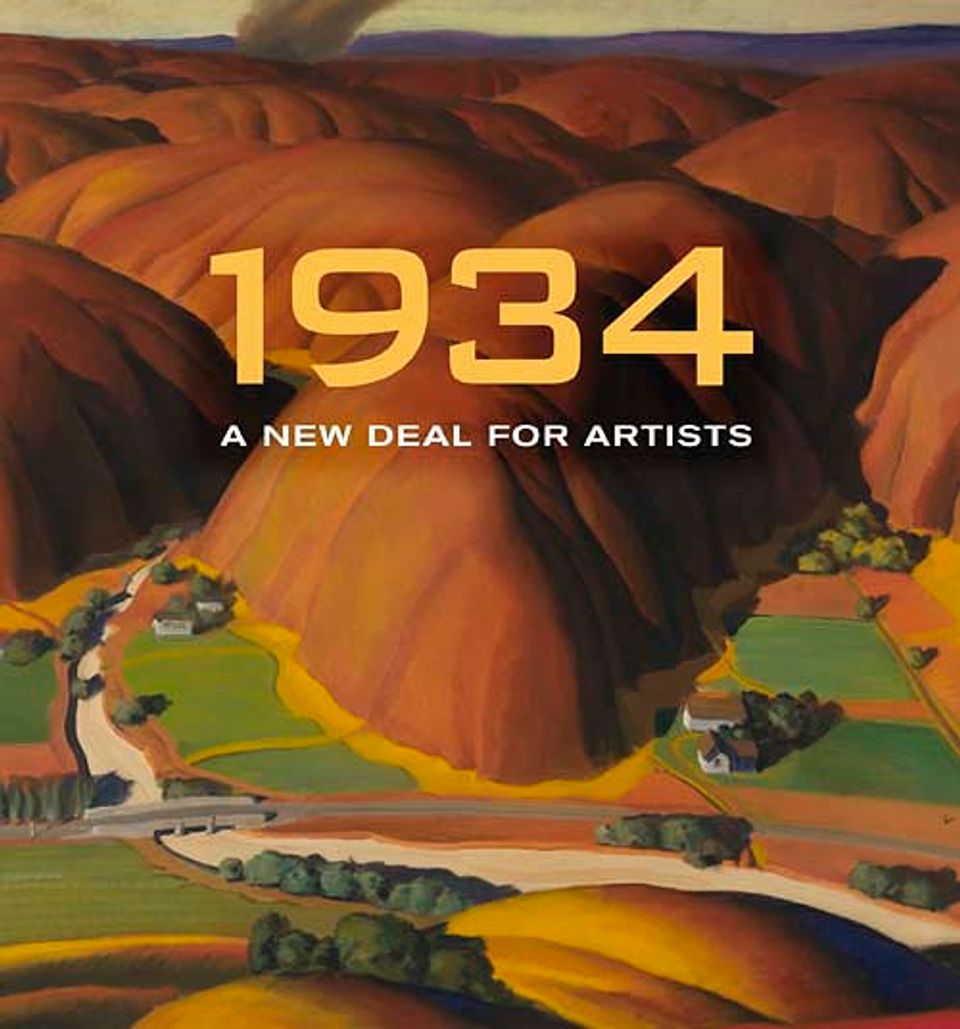Artwork Details
- Title
- Christopher Street, Greenwich Village
- Artist
- Date
- 1934
- Location
- Dimensions
- 30 1⁄8 x 24 1⁄4 in. (76.5 x 61.5 cm.)
- Credit Line
- Transfer from the U.S. Department of the Interior, National Park Service
- Mediums
- Mediums Description
- oil on canvas
- Classifications
- Subjects
- Architecture Exterior — commercial — store
- Architecture Exterior — religious — church
- New Deal — Public Works of Art Project — New York City
- Cityscape — weather — snow
- Cityscape — New York — Greenwich Village
- Cityscape — street — Christopher Street
- Cityscape — New York — New York
- Figure group
- Object Number
- 1965.18.7
Artwork Description
1934: A New Deal for Artists exhibition label
Beulah Bettersworth lived on Christopher Street in New York's Greenwich Village. She worked for the Works Progress Administration during the Depression, and in this scene she captured the lively block of her street between Hudson and Greenwich avenues. Commuters bundled in winter coats make their way through the snow to catch trains bound for Newark and Hoboken. The steeples of St. Veronica's Catholic Church loom above the chalet-style El station on the Ninth Avenue line, constructed between 1867 and 1879. The elevated trains, the city's original rapid transit system, were displaced by the subway system during the 1930s. They were just beginning to be dismantled when Bettersworth painted this scene, and only six years later the station would be demolished. This canvas was included in a 1934 exhibition of WPA artists held at Washington's Corcoran Gallery of Art, where President Roosevelt selected it for display in the White House. It was transferred to the Smithsonian by the National Park Service in 1965.















